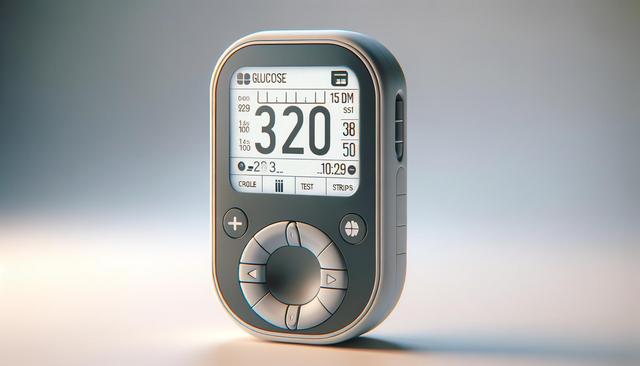Understanding the Shift in Glucose Monitoring
Traditional glucose monitoring methods have long relied on finger-prick tests, which can be uncomfortable and inconvenient for many individuals managing diabetes. Over the past few years, a significant shift has occurred with the introduction of prickless glucose monitors. These devices offer a new approach to managing blood sugar levels by minimizing or completely eliminating the need for finger sticks. The appeal of a painless glucose monitoring system for diabetics is clear: less discomfort, easier tracking, and more consistent health management.
Technology has made it possible to measure glucose levels through alternative means such as interstitial fluid analysis or optical sensors. These systems often use small wearable sensors that continuously monitor glucose levels and transmit the data to a smartphone or reader. By reducing the need for traditional lancets, glucose meters that don’t require blood are becoming a welcomed option for many users, especially those who need to monitor their levels multiple times a day.
How Prickless Glucose Monitors Work
Prickless glucose monitors operate using sensors that detect glucose levels from body fluids other than blood. For instance, many systems use a small sensor inserted just under the skin, where it measures glucose in the interstitial fluid. These readings are then sent wirelessly to a device or mobile app. This method provides real-time data, which can be incredibly helpful for spotting trends and adjusting lifestyle or medication accordingly.
Key features of these systems include:
- Continuous glucose monitoring (CGM)
- Alerts for high or low glucose levels
- Integration with smartphones and smartwatches
- No need for regular finger-prick calibration
The development of no stick glucose meter options is particularly beneficial for young patients, the elderly, or anyone with a sensitivity to pain. The technology is designed to simplify daily routines while enhancing accuracy and consistency in glucose tracking.
Benefits for Different User Groups
One of the most critical advantages of painless glucose monitoring systems for diabetics is the improvement in quality of life. For people who have to monitor their blood sugar several times a day, the absence of needles can significantly reduce stress and discomfort. Children and teenagers, in particular, may find these systems more acceptable and less intimidating.
Additionally, these devices can be highly beneficial for:
- Pregnant women with gestational diabetes
- Older adults with limited dexterity
- Busy professionals who need discreet monitoring
- Active individuals who require real-time data during exercise
The ability to access historical data also enables healthcare providers and patients to make better-informed decisions about treatment plans. This level of insight was more difficult to achieve with traditional methods, which often relied on sporadic and manual entries.
Potential Considerations and Limitations
While prickless glucose monitors offer a range of benefits, it’s essential to understand that they may not be suitable for everyone. Some devices may still require occasional calibration using a traditional finger-prick method. Others may have a slight delay in reflecting real-time changes in blood glucose, as they measure interstitial fluid rather than blood directly.
Users should also consider:
- Cost and insurance coverage
- The need for wearing a sensor or patch continuously
- Device lifespan and replacement frequency
- Compatibility with existing medical equipment or software
Despite these considerations, many individuals find that the convenience and comfort outweigh any minor limitations. Consulting with a healthcare provider can help determine whether a no stick glucose meter is the right choice based on personal health needs and lifestyle.
The Future of Glucose Monitoring
The future of diabetes management is closely tied to advancements in digital health technology. As research continues to improve sensor accuracy and reduce costs, more people will have access to glucose meters that don’t require blood. Innovations such as wearable patches, non-invasive sensors, and even smart contact lenses are being explored as part of the next generation of glucose monitoring tools.
These developments aim to make diabetes care more proactive, personalized, and integrated with daily life. With data sharing capabilities, remote monitoring by healthcare professionals, and AI-driven insights, patients can receive more tailored care and timely interventions.
As awareness grows and technology becomes more accessible, painless glucose monitoring systems for diabetics are likely to become part of standard care. They offer a promising alternative to traditional tools and represent a significant step forward in chronic disease management.
Conclusion
For individuals living with diabetes, the emergence of prickless glucose monitors provides a more comfortable and efficient way to manage their health. Whether you’re seeking a no stick glucose meter for daily convenience or exploring glucose meters that don’t require blood for a loved one, the options available today offer flexibility and ease of use. As technology continues to evolve, these systems are poised to play a central role in improving diabetic care and overall well-being.

Leave a Reply